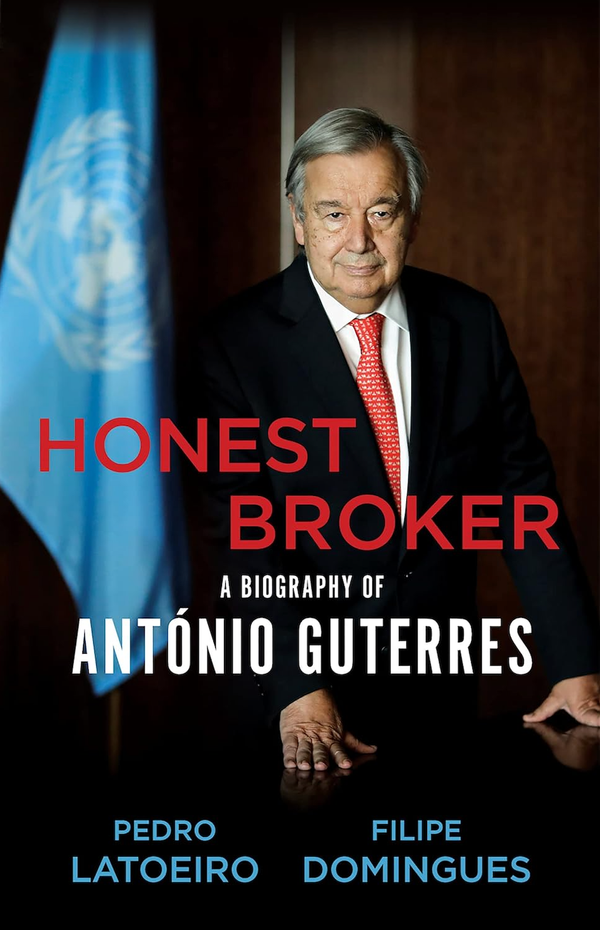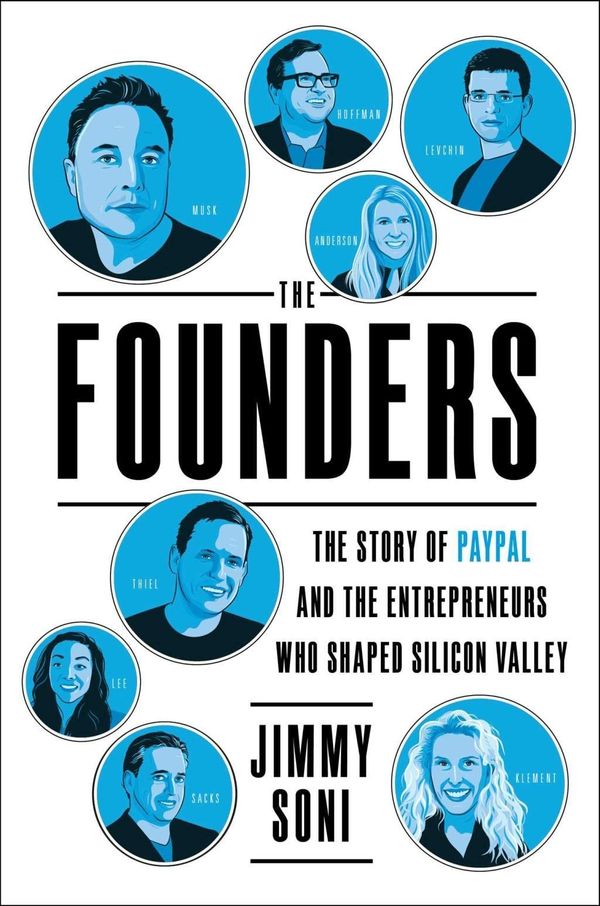By Gregory Zuckerman (2019)
Pages: 357, Final verdict: Great-read
Jim Simmons is one of the most secretive and fascinating man in Wall Street. A mathematician and former code breaker for the US government, he is the founder of Renaissance Technologies, one of the world’s most lucrative hedge funds. In the process, Jim became a billionaire, a philanthropist and a prominent backer of the Democratic Party. But for all it’s record breaking success, not much is known about the man, or the firm.
Gregory Zuckerman, award winning journalist of the Wall Street journal, is the writer of The Man Who Solved the Market, the culmination of his quest to uncover Jim Simmons story. Zuckerman interviewed former employees of Renaissance Technologies, dig up everything he could find about the company, and even talked with Simmons himself (he would have preferred if the book was not published).
Money is the ultimate code to break
Beating the market is somewhat of an Herculean feat. Sure, there is almost infinite data about the past performance of companies, the outlook of markets, the emergence of new technologies and troves of historical pricing information. Applying machine learning and predictive models as never been easier. And still, despite that or perhaps because of it, as famously embodied in a bet done by Warren Buffett, the majority of hedge funds systematically perform worse than S&P 500 index funds (funds that buy all the stocks of a give index, thus only follow the trend of the market, do not try to beat it).
The Medallion fund, managed by Renaissance Technologies is certainly a dark horse in the space. From its day-view in 1988 to 2018 it boasted average yearly returns of 66% - 39% after investor fees - significantly outperforming funds ran by top Wall Street moguls such as George Soros, Warren Buffett or Ray Dalio.
In The Man Who Solved the Market, Zuckerman does a great job surfacing the intricacies that led Simmons down the path of the finance world. After finishing his PhD in Berkeley, Simmons thrived at the Institute for Defense Analysis (IDA) where he and a bunch of other mathematicians and physicists cracked Russian codes during the Cold War. The academic, collaborative and almost communal environment at IDA would be crucial in the culture Simmons would later create at Renaissance.
There, his motto would be to employ the smartest people he could find - mostly professors of mathematics and physics or young graduates unbiased of the ways of Wall Street - and give them freedom to solve great challenges.
The Man Who Solved the Market is also a book about resilience. Simmons did not make a transition from an accomplished scholar into a business leader smoothly. Working out of “ramshackle office” in Long Island, it took Simmons 10 years before he launched his flagship Medallion fund. It is fascinating to read about the firms' ebbs and flows as it moved from trading solely on currencies, moving to commodity futures and eventually adding stocks to their portfolio.
It is also remarkable to read how much Simmons philosophy was ahead of its time. The first decade of Simmons adventure in the world of trading is in the late 70s and 80s, where computing power was a scarce resource, there was no Internet, and all trades were still done by calling a broker on the phone. Simmons was a pioneer in quantitative trading, and always believed that the use of computers would pave the way to better, more lucrative trading.
Renaissance Technologies was also early in the now commonplace era of big data. Their team collected tremendous amounts of data from the early days, and were among the first to include historical intra day prices of market trades in their algorithms. That, combined with the ingenious trading algorithms devised by his researchers gave Renaissance Technologies and small edge in the market, enough to reap billions of dollars in returns.
“We’re right 50.75% percent of the time...but we’re 100% right 50.75% of the time. You can make billions like that.” - Robert Mercer, one of the key figures and former co-CEO of Renaissance Technologies
Incredible wealth also extended the influence and power of key executives at Renaissance beyond the financial sphere. A case in point explored in the book is that of Robert Mercer. The former co-CEO Renaissance was the largest donor to the 2016 election campaign of Donald Trump (donating more than $20 million) and is seen by many inside the party as a one of the key man behind the election of Donald Trump.
Simmons, besides being a larger backer of the Democratic Party, is has also heavily invested his fortune outside politics. His Math for America foundation awards money every year for the best math teachers in America, he committed millions of dollars to advance autism research, and has backed the construction of the Simons Observatory in the Atacama Desert in Chile with the goal of reaching a definitive answer on the origin of the universe.
Bottom line
The inner workings of the money markets are, for the most of us, fascinating, mysterious and often scary. Those who master them are rewarded with unimaginable wealth and power.
The Man Who Solved the Market is a fast-paced story of a man who not only beat the market, but who launched a revolution in the way the markets operate. Flocks of PhDs and computer science wizards have replaced traditional stock analysts, and artificial intelligence models now lead the investment decisions of the billions of dollars that are traded everyday. Much of this is due to Jim Simmons and his team of outcasts who fought the established rules of investing in the 1980s.
Ultimately, The Man Who Solved the Market is a great complement to other attention grabbing books about the financial markets. Much like with Michael Lewis Flash Boys, it puts you in a world that feels more fantasy than real, while teaching you a great story about the world of money. I found it insightful and entertaining, and I suspect you will too.



